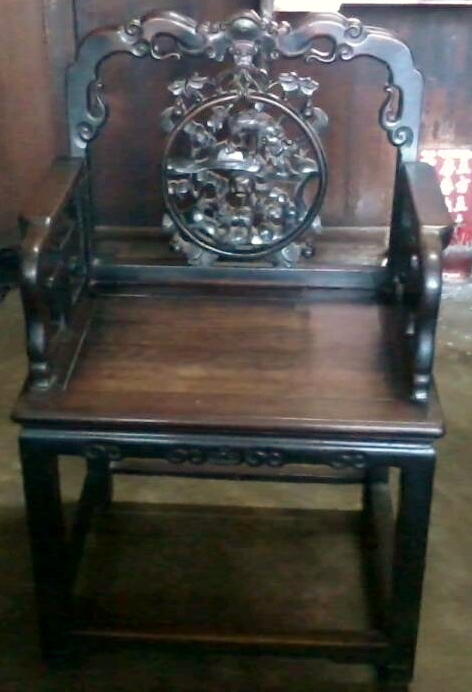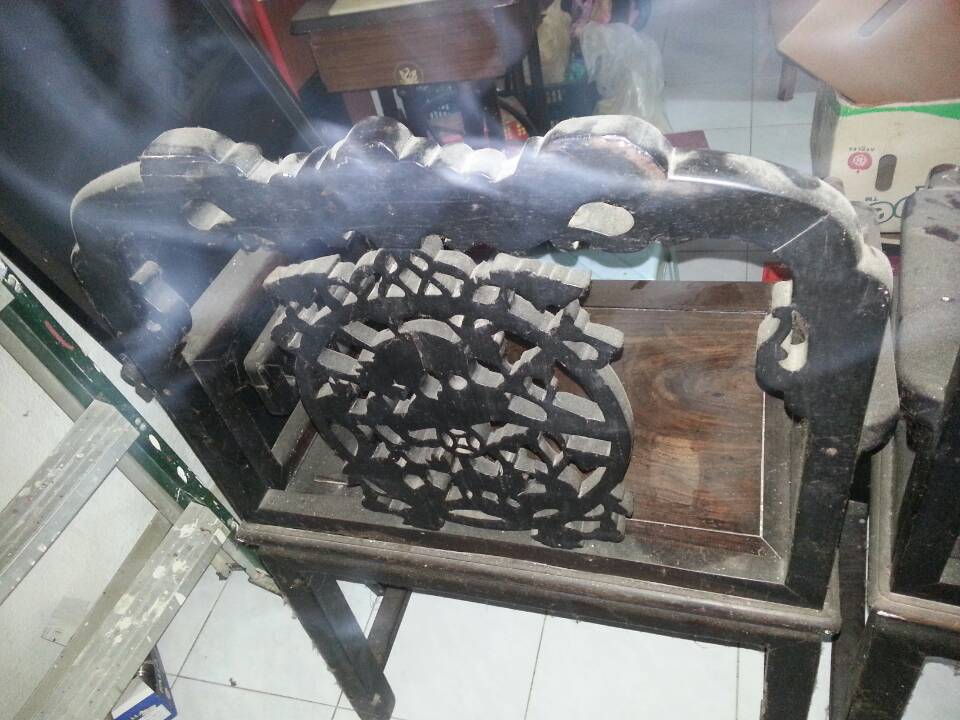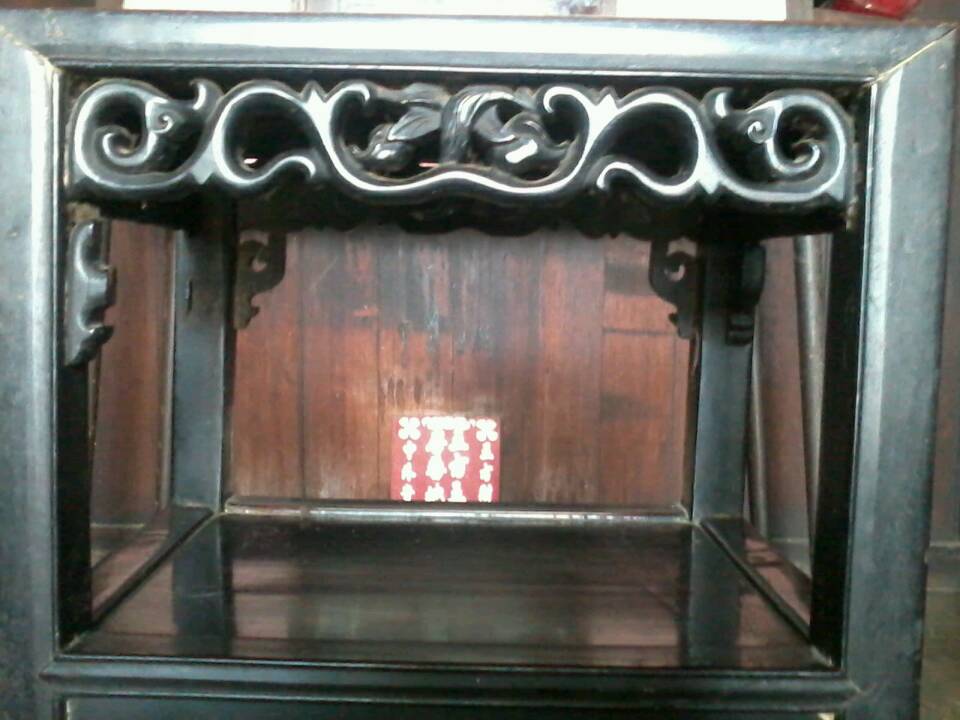
|
Subject:Re: Republic Tai Shi Chair
Posted By: LEE Thu, Oct 09, 2014
these are called blackwood hongmu in northern china or sour wood (suanzi) by the cantonese and vietnamese in the southern Guandong region as it produces a sour smell when it is freshly cut and crafted. These trees were local to the sub tropical region of
Guandong, Vietnam and Laos. They are crafted by Cantonese and Vietnamese craft men in the 19th century and exported round the world they are found in Nonya baba houses in Singapore and Indonesia, even found in the Beijing imperial palace and the summer palaces. Bought there probably by the later ching emperors and empress Cixi. These furniture are very heavy have a nice color and very strong. only problem is the joint seems to loosen up after time and can be repeg or glued with wood glue. They are not cheapest of the rose wood furniture , behind huali,jichimu and telimu. The design is very elaborate and not in the taste of the Chinese scholars.
|
 Republic Tai Shi Chair
Republic Tai Shi Chair  ( China & Japan ) - Daryl Tan - Oct 09, 2014 (12:25 AM)
( China & Japan ) - Daryl Tan - Oct 09, 2014 (12:25 AM)  Re: Republic Tai Shi Chair
Re: Republic Tai Shi Chair  - Daryl Tan - Oct 09, 2014 (01:29 AM)
- Daryl Tan - Oct 09, 2014 (01:29 AM)  Re: Republic Tai Shi Chair - Daryl Tan - Oct 09, 2014 (03:32 AM)
Re: Republic Tai Shi Chair - Daryl Tan - Oct 09, 2014 (03:32 AM)  Re: Republic Tai Shi Chair
Re: Republic Tai Shi Chair  - Daryl Tan - Oct 09, 2014 (04:34 AM)
- Daryl Tan - Oct 09, 2014 (04:34 AM)  Re: Republic Tai Shi Chair
Re: Republic Tai Shi Chair  - Daryl Tan - Oct 09, 2014 (05:02 AM)
- Daryl Tan - Oct 09, 2014 (05:02 AM)  Re: Republic Tai Shi Chair - LEE - Oct 09, 2014 (08:16 PM)
Re: Republic Tai Shi Chair - LEE - Oct 09, 2014 (08:16 PM) 










